Have you ever gazed into the eyes of your dog and glimpsed something wild, ancient, and untamed? The truth is, every domestic dog carries the legacy of their wolf ancestors. While all dogs might have wolf genes in them, for some breeds, that wolfish past is much closer to the surface—etched in their DNA, their looks, and even their personalities. It would be interesting to see which dogs closely resemble their wolf ancestors, and if you have one among those mentioned here, that is pretty cool dont you think ?
Siberian Husky
For dog lovers, discovering which breeds are most closely linked to wolves is both fascinating and a little bit thrilling. Get ready to be surprised by the ten dog breeds that carry the most wolf DNA!
The Siberian Husky is a breed that almost looks like it just stepped out of the Arctic wilderness. With their piercing blue or multicolored eyes, thick double coats, and wolf-like masks, Huskies are frequently mistaken for wolves by those unfamiliar with the breed. Their origins go back to the Chukchi people of Siberia, who bred them for endurance and stamina in brutal climates. Genetic studies have shown that Huskies retain a higher percentage of wolf DNA than many other dog breeds. This connection is evident not just in their appearance, but in their remarkable independence and strong prey drive. Huskies are known for their energetic personalities and love of running, echoing the untamed spirit of their wolf ancestors. If you’ve ever seen a Husky’s howling chorus, you’ll know just how deep that connection runs!
Alaskan Malamute
Meet the Alaskan Malamute, a powerhouse of a dog with a heritage almost as wild as the frozen landscapes it once traversed. One glance at the Malamute, with its broad head and dense, wolfish coat, and it’s easy to see the resemblance to its wild relatives. These dogs were bred by the native Inuit people for hauling heavy sleds across long distances. Malamutes have retained much of their wolf DNA, making them physically robust and mentally sharp. Their pack-oriented nature and loyalty to their families echo the social structure of wolves. Yet, just like wolves, Malamutes can be strong-willed and require a gentle, confident leader. Living with a Malamute is like sharing your home with a piece of living history—one that still carries the wild spirit of the wolf.
Kugsha (American Husky)
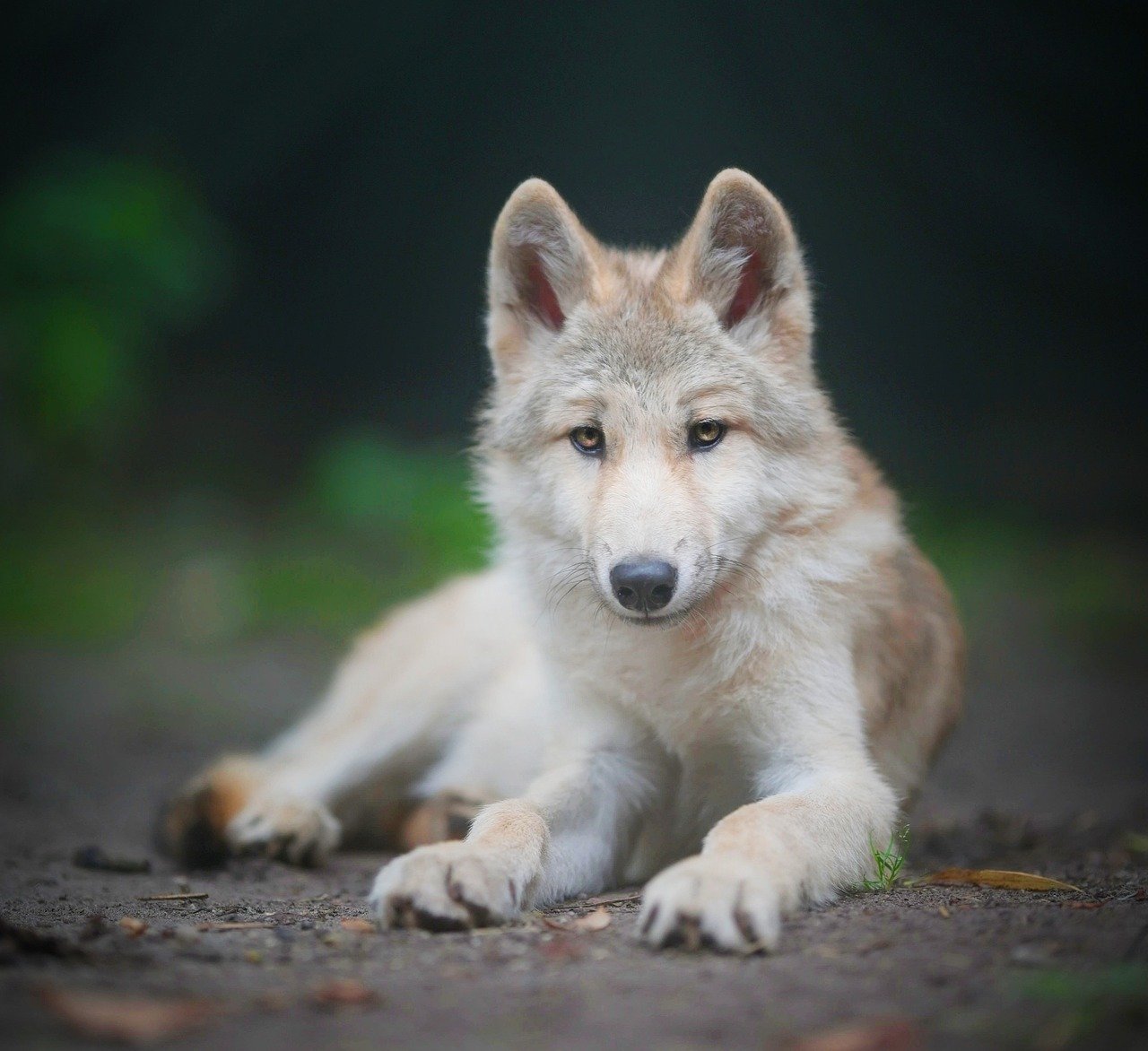
The Kugsha, also known as the American Husky, is a breed shrouded in mystery and wild charm. Not officially recognized by major kennel clubs, Kugshas are thought to be a relatively recent breed developed from crossing domesticated dogs with wolves. The result is a striking animal with a robust, athletic build and a keen, intelligent gaze. Kugshas are highly independent and require experienced handlers, as their wolf DNA makes them naturally wary of strangers and prone to strong pack instincts. While they can be loving companions, their wild heritage is never far from the surface. Owning a Kugsha is a commitment to understanding and respecting the untamed side of canine nature.
Czechoslovakian Wolfdog
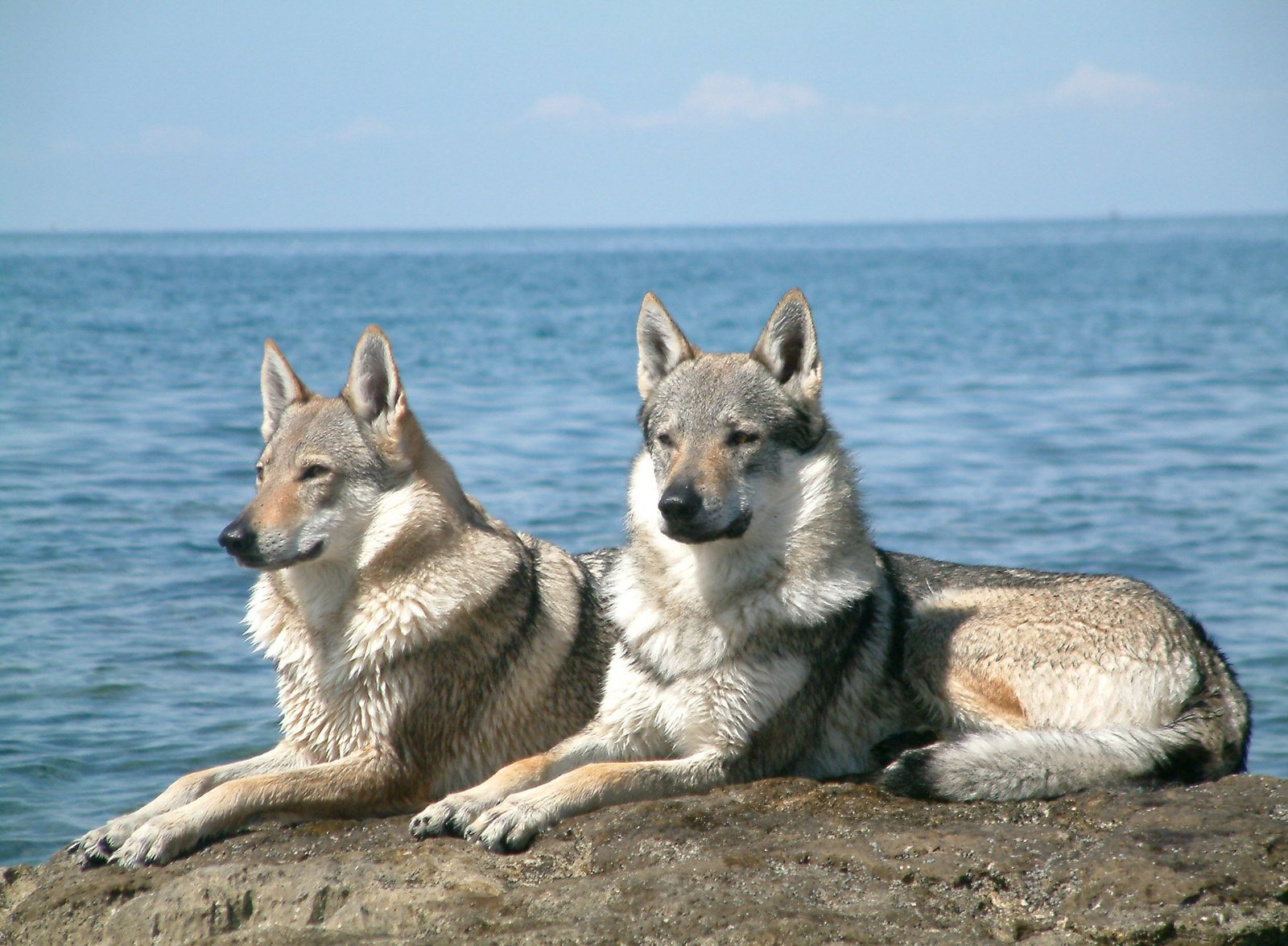
Few breeds embrace their wolf ancestry as boldly as the Czechoslovakian Wolfdog. Originally bred in the 1950s as part of a military experiment, this breed is a deliberate cross between German Shepherds and Carpathian wolves. The aim was to create a dog with the trainability of a shepherd and the strength and stamina of a wolf. The result is stunning: a breed with a strikingly lupine appearance and a temperament that blends loyalty with an independent streak. These dogs are highly intelligent and energetic, requiring plenty of mental and physical stimulation. Their strong wolf DNA means they bond closely with their family but can be aloof with strangers. For those willing to invest the time and energy, the Czechoslovakian Wolfdog is a living link to the wild.
Saarloos Wolfdog
The Saarloos Wolfdog is a fascinating breed born from an experiment in the Netherlands during the 20th century. Leendert Saarloos crossed a German Shepherd with a Eurasian wolf, hoping to combine the wolf’s hardiness with the shepherd’s loyalty. The Saarloos Wolfdog is known for its shy, reserved nature—traits inherited from its wild ancestors. Their physical appearance is breathtaking, with a slender build, expressive face, and a coat reminiscent of a forest wolf. Saarloos Wolfdogs are not for novice dog owners; their independent spirit and sensitivity require patience and understanding. But for those who appreciate a challenge and the beauty of the wild, this breed is a rare treasure.
Shikoku
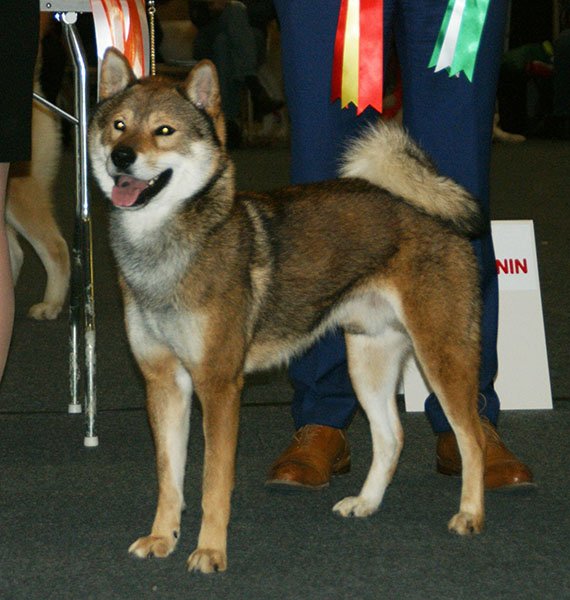
The Shikoku is sometimes called the “Japanese Wolfdog” for good reason. Native to the mountainous regions of Japan, this breed was developed to hunt boar in rugged terrain. Their pointed ears and sharp features give them a wolfish look, and genetic studies have shown that they retain a relatively high percentage of wolf DNA compared to other Japanese breeds. Shikokus are agile, intelligent, and spirited, with a strong prey drive and an independent nature. They are loyal to their families but can be reserved with strangers, much like their wild ancestors. Living with a Shikoku is a bit like having a piece of Japan’s ancient forests right in your home.
Canadian Eskimo Dog
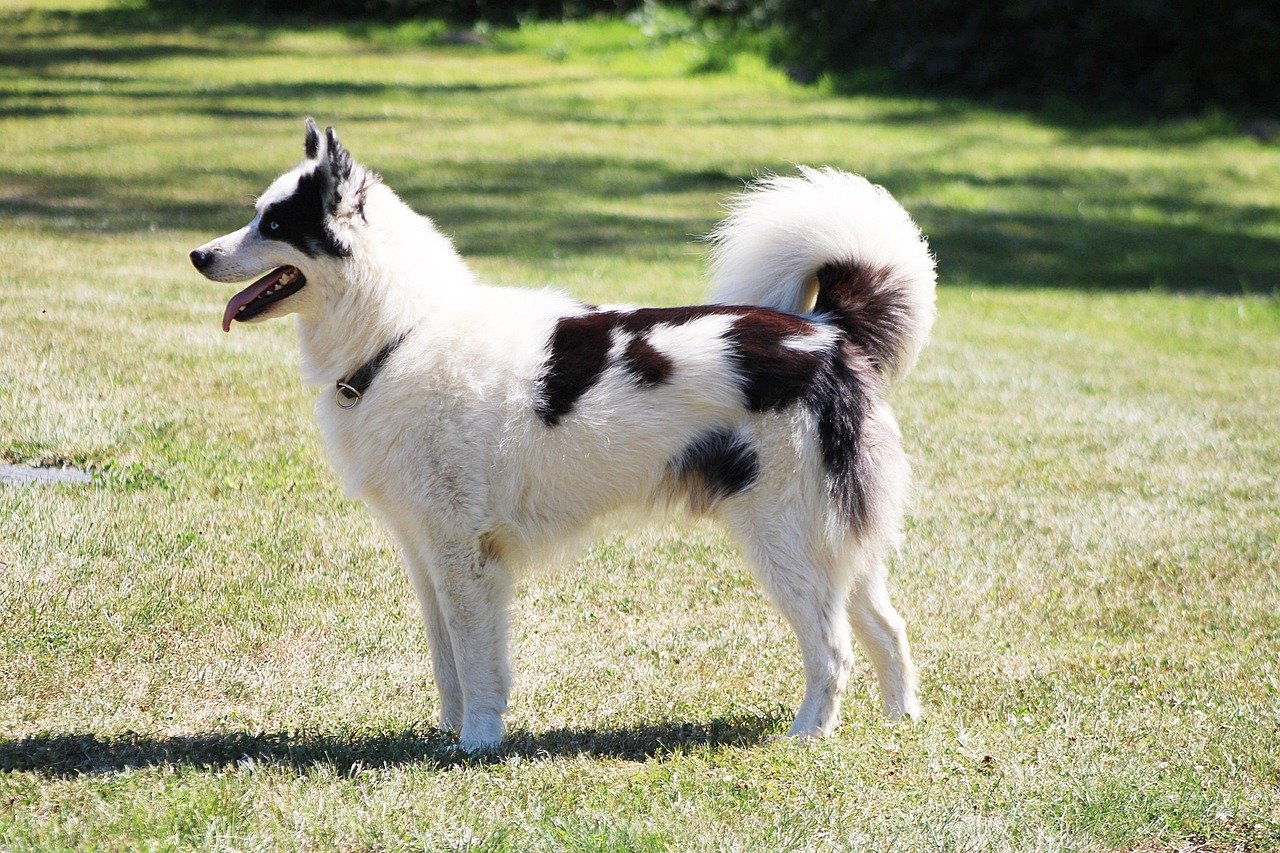
The Canadian Eskimo Dog, or Qimmiq, is one of the oldest and rarest working breeds in North America. Developed by the Inuit for sledding and hunting, these dogs have lived close to the Arctic Circle for thousands of years. Their thick coat, robust build, and wolf-like features are a testament to their hardy heritage. Genetic research has revealed that the Canadian Eskimo Dog shares a significant amount of DNA with ancient wolf populations. These dogs are known for their endurance and loyalty, but also for their independence and occasional stubbornness. With a Canadian Eskimo Dog, you get a loyal companion with the heart of an explorer and the spirit of the wild.
Alaskan Klee Kai
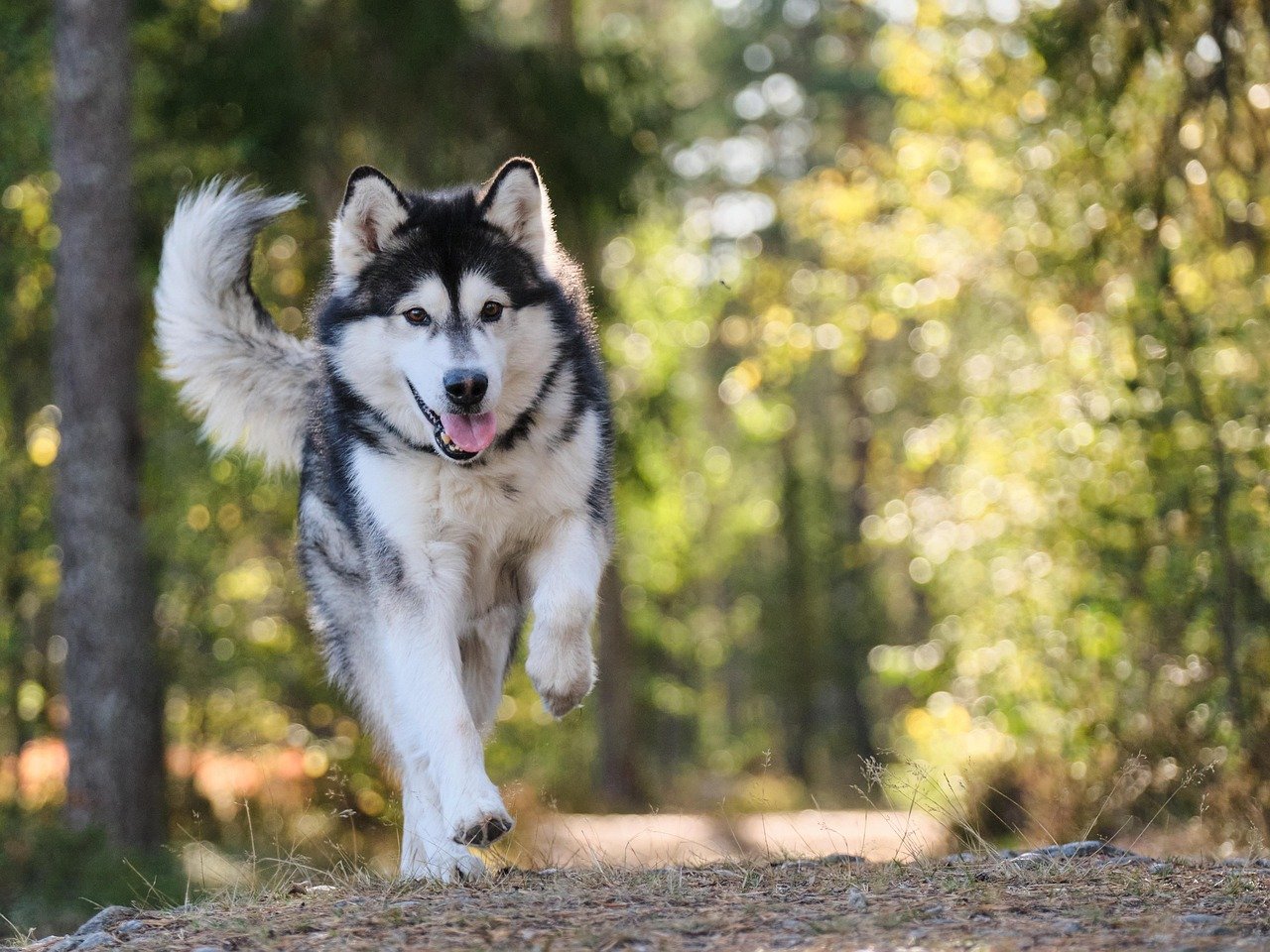
Don’t let their small size fool you—the Alaskan Klee Kai is a breed with a big personality and a trace of wolf ancestry. Developed in the late 20th century as a companion-sized version of the Alaskan Husky, the Klee Kai retains the sharp features and intense gaze of its larger cousins. While their wolf DNA is less pronounced than in some other breeds, it’s still present, giving them an alert and intelligent demeanor. Klee Kais are known for being vocal, curious, and a little bit mischievous. They thrive on companionship and mental stimulation, making them ideal for active families who love the look of a wolf in a smaller, more manageable package.
Utonagan
The Utonagan is a relatively new breed, created in Britain in the 1980s with the specific goal of replicating the appearance of wolves in a friendly, trainable family dog. The breed was developed by blending Siberian Husky, Alaskan Malamute, and German Shepherd ancestry. The result is a striking animal with a thick coat, bushy tail, and soulful eyes that seem to hold a thousand stories. Utonagans are known for their gentle temperament and intelligence, making them excellent companions for those who admire the beauty of wolves but need a domesticated pet. Their wolf DNA shines through in their looks and occasional bursts of wild energy.
Greenland Dog
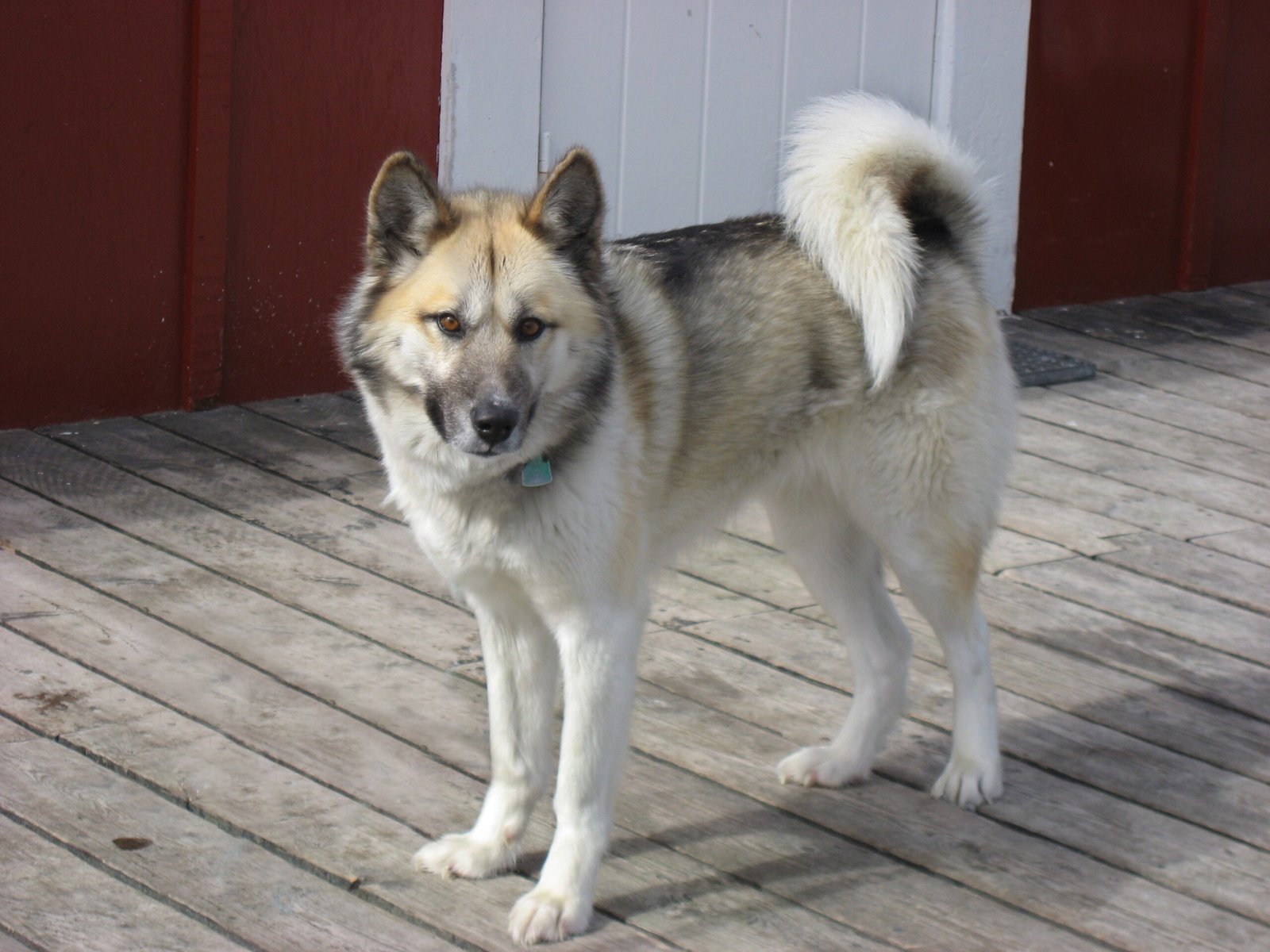
The Greenland Dog is a breed steeped in the icy traditions of the Arctic. Used by the Inuit for thousands of years to pull sleds and hunt, these dogs are survivors in the truest sense. Their wolf-like appearance, strength, and endurance are legendary among those who know them. Genetic studies have confirmed that Greenland Dogs carry a notable amount of wolf DNA, a heritage that’s visible in their tough, independent nature. These dogs are not for the faint-hearted; they demand respect, leadership, and plenty of exercise. But for those who can meet their needs, the Greenland Dog offers a powerful connection to the wild places of the world.

Esther is from India; the heartbeat of South Asia, holding a Master’s degree in Zoology and a postgraduate diploma in Animal Welfare. Her enthusiasm for animal welfare drives her passion and dedication to working for animals, ensuring their well-being, and advocating for their rights. With a solid academic background and hands-on experience, she is committed to making a positive impact in the field of animal welfare. In her free time, she enjoys embroidery and sewing. As a Chennaite from Tamil Nadu, Esther loves Bharathanatyam, an Indian classical dance form.






